of "Familiengeschichte des alten Amtes Bleckede" -- 1940
-- Heinrich Borstelmann.
( Wassermuehle, Nieperfitz )
This series are pages 65 - 76. Your on page 76.

Page 76 continues with the hofs of Neetzendorf
Hof 6 ( Sporckener)
NIEPERFITZ
-1799 - 1 vollhof and 3 Halbhofs
This page concludes in the middle of halbhof 2 .
Click here if you wish to go back to the start.
Note: It is my understanding that a
Vollhof is a large Piece of land, the next largest land is the Halbhof. And then kote is like you own your cabin on someones land. [ Your own condo cabin]
I am sorry that I have no More. I have looked for used books, but this one does not show itself as available. For other regions, there are a few of his books available. It is my deepest wish to have more, but we cannot always get dreams to come true. You just never know.
...................................................
.jpg)







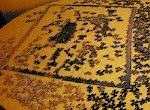




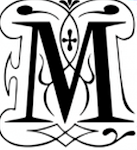



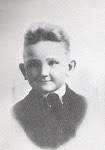

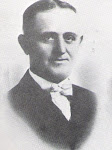




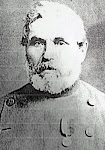
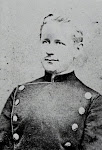


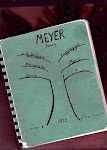





1 comment:
I like to give an explanation about the terms Vollhof, Halbhof, Kote:
I very former times (abt. 500 to 700 pc) in every town was only one bigger farm, the so called Vollhof (Full-farm). All other farmers of the town had to give their taxes, contributions (usually every tenth part of the harvest) to this farm. From there the goods were brought to the nobility, who owned the towns.
The farmer of this Vollhof was called "Mayor Domus"(its a latin word for manager. The word Mayor (or Meyer) became very famous and every farmer wanted to become a Meyer. In quite every town was such a manager, Meyer. Thats the reason, why this surname is so often here in Germany.
In former times the farms were devided among the children, so they became a Halbhof (half-farm).
In the middle-ages, the farms were sold or given to other noble families of to the church. Thats the reason, why the farms had to give their tenth parts to different noble families (manors). An Gut .... means to the manor of...An die Pfarre - means to the church or parish .....
Since abt. 1700, the farmer were allowed to sell and buy land from the other farmers. So, their farms became bigger or smaller. So, they became a Vollhof (Full-farm) or Halbhof (half-farm). New settlers in the towns had no chance to buy land. So, they had only the possibility to build a cottage (Kote) or settled at the edge of a town (Brinksitzer), so called brinksitter. This people usually had to earn their money with other professions than farming, for example: Shoemaker (Schumacher), baker (Baecker), smith (Schmied).
Hope, it explains a little bit the old structure of a german town.
Have a happy day Matthias
Post a Comment